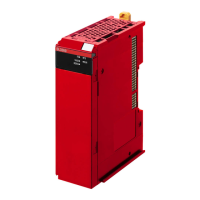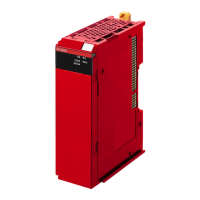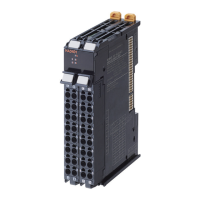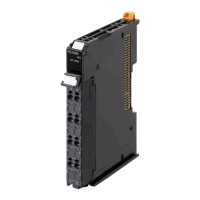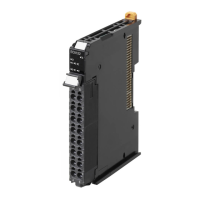5-1-2
Ethernet Switch Types
l
Unmanaged Layer 2 (L2) Ethernet Switches
These Ethernet switches use the Ethernet MAC address to switch ports. Ordinary Ethernet
switches have this function. Ethernet switch functions and settings cannot be changed.
l
Managed Layer 2 (L2) Ethernet Switches
These Ethernet switches use the Ethernet MAC address to switch ports. Ethernet switch functions
and settings can be changed with special software tools for Ethernet switches running on a network
node. Y
ou can also collect analytical data. These Ethernet switches provide more-advanced func-
tions than unmanaged layer 2 Ethernet switches.
5-1-3
Ethernet Switch Functions
This section describes the Ethernet switch functions that are important for an EtherNet/IP network. For
an EtherNet/IP port, consider whether the Ethernet switch supports the following two functions when
you select the Ethernet switch.
•
Multicast filtering
•
QoS (Quality of Service) for TCP/UDP port numbers (L4)
l
Multicast Filtering
Multicast filtering transfers multicast packets to the specific nodes only. This function is implement-
ed in the Ethernet switch as IGMP snooping or GMRP.
“Specific nodes” are nodes equipped with an IGMP client, and have made transfer requests to the
Ethernet switch. (OMRON EtherNet/IP ports are equipped with an IGMP client.) When the Ethernet
switch does not use multicast filtering, multicast packets are sent to all nodes, just like broadcast
packets, which increases the traffic in the network.
Settings must be made in the Ethernet switch to enable this function. There must be enough multi-
cast filters for the network.
l
QoS (Quality of Service) Function for TCP/UDP Port Numbers (L4)
This function controls the priority of packet transmissions so that packets can be sent with higher
priority to a specific IP address or TCP (UDP) port. The TCP and UDP protocols are called trans-
port layer protocols, leading to the name L4 (layer 4) QoS function.
When tag data links and message communications are executed on the same network, tag data
links can be sent at higher priority to prevent problems such as transmission delays due to mes-
sage communications traffic and packet losses due to buffer overflow.
Also, when tag data links and CIP Safety communications are executed on the same network, it is
possible to reduce the impact of tag data link traffic by increasing the priority of CIP Safety commu-
nications with QoS settings.
Refer to 7-5 CIP Settings Display on page 7-15 for details on the QoS settings.
Settings must be made in the Ethernet switch to enable QoS function and give higher priority to tag
data link packets.
These functions are supported by Ethernet switches as described in the table below.
5 Installing Ethernet Networks
5-3
NX-series EtherNet/IP Unit User's Manual (W627)
5-1 Selecting the Network Devices
5
5-1-2 Ethernet Switch Types
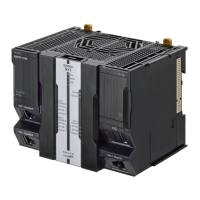
